How Relays Work – Basic working principle electronics engineering electrician amp

This lesson provides a comprehensive overview of relays, which are electrically operated switches essential for controlling circuits with low power signals while ensuring electrical isolation. It covers the basic components of relays, including their primary and secondary circuits, and explains the differences between normally open and normally closed relays, as well as advanced types like double pole and solid-state relays. Additionally, the lesson highlights the importance of managing back EMF to protect circuits from voltage spikes, emphasizing the versatility and significance of relays in electrical engineering applications.
Refrigerant Types, Issues and Future
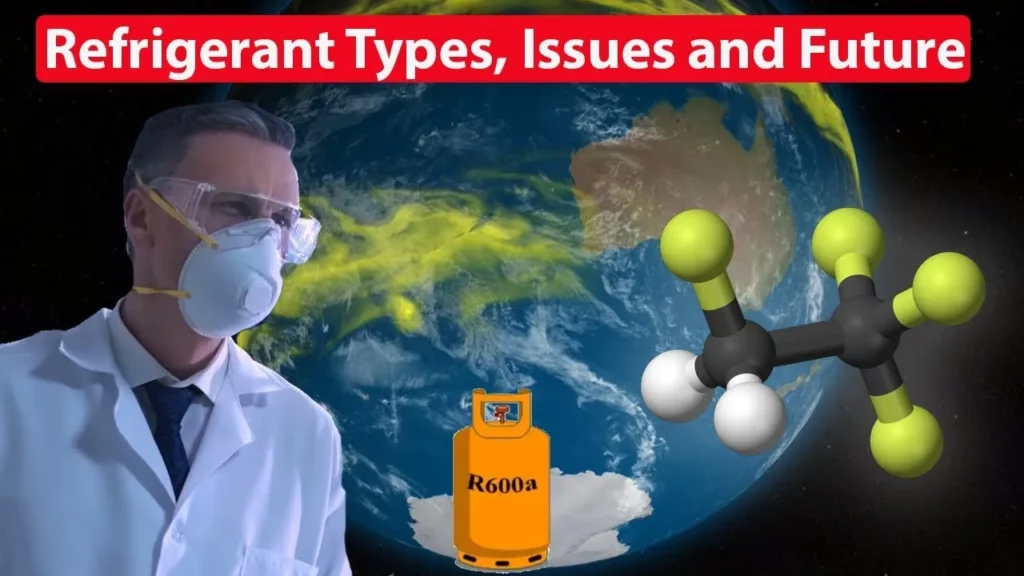
This lesson explores the evolution and types of refrigerants, emphasizing their critical role in HVAC systems and their environmental impact. It discusses the historical context of refrigerants, highlighting the transition from harmful substances like CFCs and HFCs to more sustainable options, including natural refrigerants and HFOs, which are being adopted due to their lower global warming potential. The lesson underscores the importance of understanding refrigerants for professionals in the field, as regulations evolve and the industry shifts towards environmentally friendly solutions.
Chiller COP – Coefficient Of Performance energy efficiency hvacr

The lesson focuses on the Coefficient of Performance (COP) of chillers, a key metric for evaluating HVAC efficiency. It explains how to calculate COP by comparing the refrigeration output to electrical input, emphasizing the importance of understanding this ratio for cost-effective operation. Additionally, the lesson highlights factors influencing COP, such as compressor type and operating conditions, and suggests that optimizing chiller performance can lead to significant energy savings and improved efficiency in HVAC systems.
What's inside a Thermal Expansion Valve TXV – how it works hvac

This lesson provides an in-depth understanding of the thermal expansion valve (TXV) in HVAC systems, focusing on its components, functionality, and importance in refrigeration cycles. The TXV regulates refrigerant flow based on cooling demand by monitoring superheat levels, ensuring optimal performance and preventing compressor damage. Additionally, the lesson highlights the ability to adjust superheat for enhanced energy efficiency, introducing tools like the TXV Superheat Tuner app for further optimization.
Unlocking the Mystery: How Padlocks Work
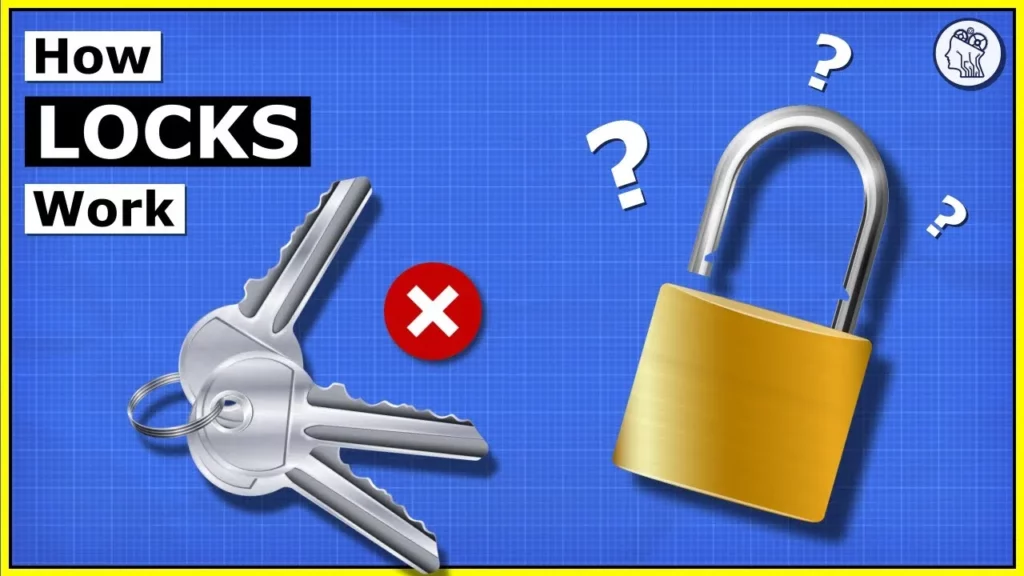
This lesson explores the mechanics of padlocks, focusing on the pin tumbler design, which uses a key to align pins and unlock the mechanism. It explains how the shackle secures the lock and how the cam and latches work together to release it. Additionally, the lesson introduces the concept of lock picking, demonstrating how one can manipulate the pins to unlock a padlock without a key.
Automated Leak Detection solenoid explained

This lesson explores the automation of leak detection using solenoid valves, specifically highlighting solutions from Danfoss Climate Solutions. It discusses the causes and consequences of water leaks, traditional detection methods, and modern techniques involving flow meters and sensors that can automatically shut off water supply to prevent damage. By implementing these automated systems, property owners can effectively safeguard their assets from the costly repercussions of water leaks.
Full Wave Bridge Rectifier + Capacitor filters + half wave rectifier
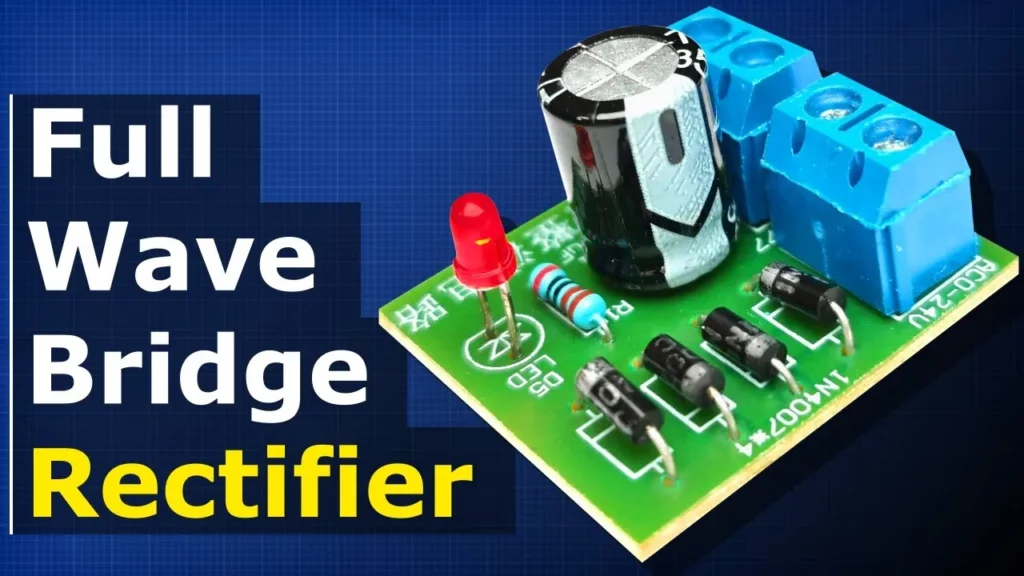
This lesson covers the essential role of full wave bridge rectifiers in converting alternating current (AC) to direct current (DC), which is necessary for powering most electronic devices. It explains the function of diodes in the rectification process and highlights the importance of capacitors in smoothing the pulsating DC output. Additionally, the lesson emphasizes safety considerations when working with these components in electronic circuits.
Server Room HVACR Efficiency

The lesson on Server Room HVACR Efficiency emphasizes the importance of proper server orientation and airflow management to maintain optimal cooling and energy efficiency. Key strategies include aligning servers to intake cold air from the front and expel hot air from the back, strategically placing floor grills, maintaining clear airflow paths, using blanking plates to prevent warm air recirculation, and implementing cold or hot aisle containment to minimize air mixing. These practices collectively enhance the cooling effectiveness in server rooms, preventing overheating and improving overall performance.
How does an Induction Motor work how it works 3 phase motor ac motor
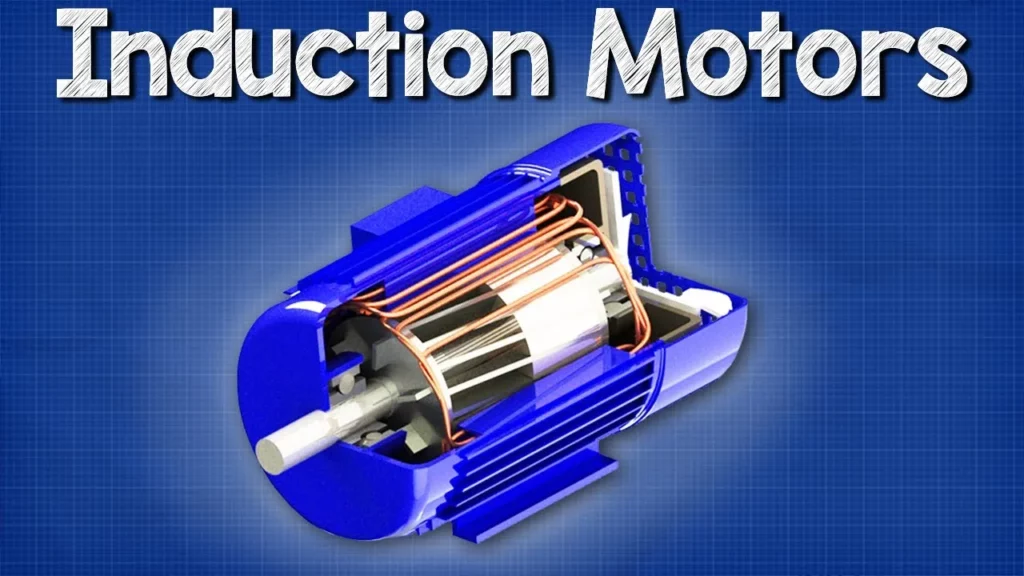
This lesson provides an overview of three-phase AC induction motors, highlighting their significance in industrial applications such as elevators and pumps. It explains the key components of induction motors, including the stator, rotor, and squirrel cage rotor, and describes how these elements work together to create a rotating magnetic field that drives mechanical power. Understanding the operation and structure of induction motors is essential for engineering professionals due to their widespread use in various mechanical systems.
Types of Stepper Motor Explained – What are the different types?
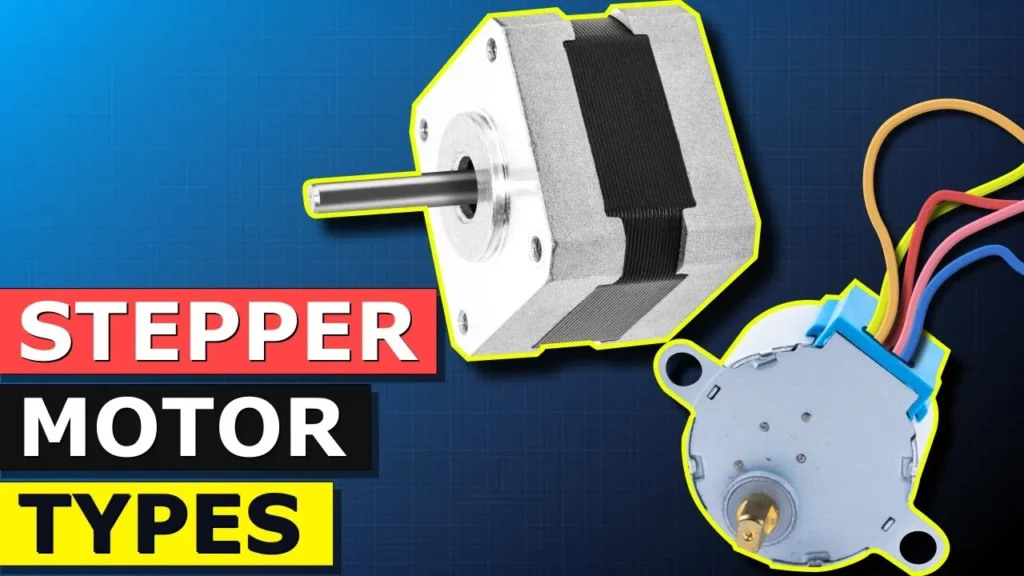
This lesson explains the three main types of stepper motors: permanent magnet, variable reluctance, and hybrid stepper motors, each offering unique mechanisms for precise movement control. Permanent magnet stepper motors utilize a magnetized rotor and coils to achieve 90-degree steps, while variable reluctance motors employ soft iron rotors and a sequence of energized coils for 30-degree steps. Hybrid stepper motors combine features of both types, allowing for greater precision and torque, with advanced designs enabling steps as small as 1.8 degrees.